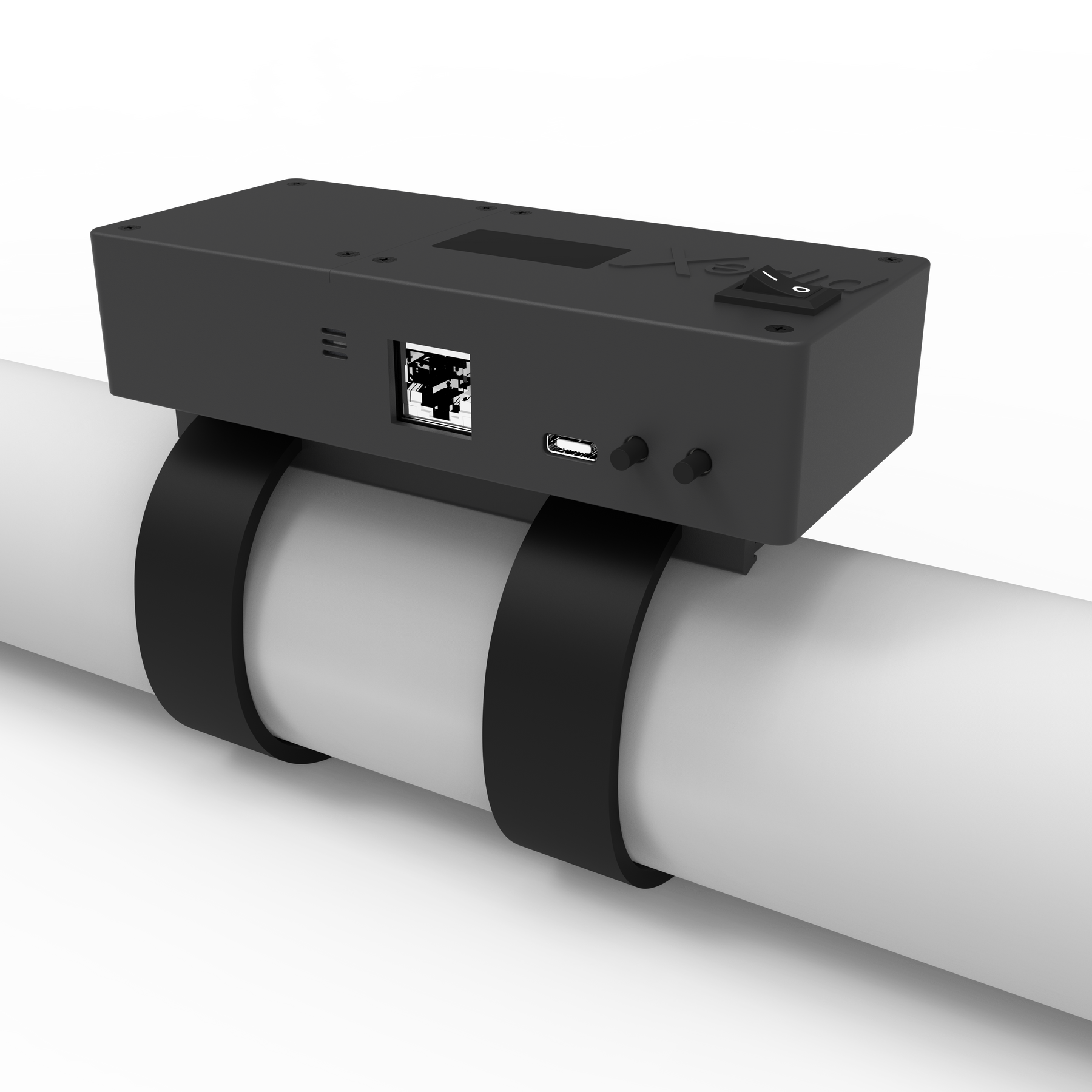As a homeowner or real estate developer, finding that there is no water in your toilet tank can be alarming. This common issue can occur for various reasons, and understanding the root cause is crucial for solving the problem efficiently.

Introduction to Toilet Tank Water Issues
The toilet tank plays a crucial role in the functioning of your toilet. It holds the water required for flushing and helps maintain a decent level of hygiene. When there’s no water in the tank, it disrupts the whole process, and you need to identify the issue promptly.

Understanding the Importance of Water in the Toilet Tank
The water in the toilet tank aids in flushing waste away effectively. Without it, the toilet cannot operate as intended, leading to potential hygiene issues and inconvenience.

Common Reasons for No Water in the Toilet Tank
Inspecting the Water Supply Line
Checking if the water supply line is connected and turned on should be your first step. A disconnected or closed valve might be the reason there’s no water.
Blocked Inlet Valve or Pipe
A blocked inlet valve or pipe can prevent water from entering the tank. This can happen due to debris, sediments, or mineral buildup.
Malfunctioning Fill Valve
The fill valve controls the tank’s water level. A malfunctioning valve can result in no water being filled or an inadequate amount of water.
Flapper Issues
If the flapper doesn’t seal correctly, it can prevent the tank from holding water. This often requires adjusting or replacing the flapper.
Float Ball or Cup Problems
The float ball or cup regulates water levels. If it’s set too low, the tank won’t fill up. Adjusting its position can solve the issue.
Check for Leaks
Leaks in the tank or the connecting components can lead to no water in the tank. Address leaks promptly to restore normal operations.
Addressing Environmental and External Factors
Low Water Pressure
In areas with low water pressure, the tank might not fill adequately. Ensuring proper pressure regulation can help in such cases.
Water Supply Interruption
Sometimes, external factors like maintenance work or broken water mains can cause temporary water supply interruptions.
Steps to Troubleshoot and Fix the Issue
Gathering Necessary Tools
Have basic plumbing tools like wrenches, pliers, and sealant ready before you begin troubleshooting.
Turning off the Main Water Supply
Ensure safety by turning off the main water supply to prevent any accidental water flow during troubleshooting.
Step-by-Step Inspection Process
Follow a systematic approach by checking the water supply line, valves, and internal components one by one.
Professional Help and When to Seek It
When DIY Efforts Fail
If despite your efforts the issue persists, it might be time to call a professional plumber.
Finding a Reputable Plumber
Look for licensed plumbers with good reviews and reasonable rates to ensure quality service.
Cost Considerations
Understand the potential costs involved in fixing toilet tank issues and plan your budget accordingly.
Preventive Measures and Maintenance
Regular Cleaning
Regularly clean the toilet tank and its components to prevent blockages and sediment buildup.
Routine Inspections
Conduct routine inspections to identify and address potential issues before they escalate.
Using Quality Parts
Invest in quality parts that offer longevity and durability to avoid frequent repairs.
Environmental Considerations
Using Water Efficiently
Consider using water-efficient toilets and components to reduce water wastage.
Green Construction Practices
Implementing green construction practices can lead to better overall water management in homes.
How to Avoid Future Issues
Regular maintenance and being proactive in identifying potential issues can prevent future toilet tank problems.
Frequently Asked Questions
What should be the first step in troubleshooting?
Start by checking the water supply line to ensure it’s properly connected and the valve is turned on.
Is it necessary to hire a plumber?
While many issues can be resolved through DIY efforts, persistent problems might require professional help.
How often should I inspect my toilet tank?
Routine inspections every few months can help in identifying and addressing potential issues before they become major problems.
Conclusion
Understanding why there’s no water in your toilet tank is crucial for maintaining a well-functioning bathroom. By following the troubleshooting steps and preventive measures outlined in this article, you can ensure your toilet operates efficiently, providing convenience and hygiene for your household.
As an Amazon Associate, I earn from qualifying purchases.




